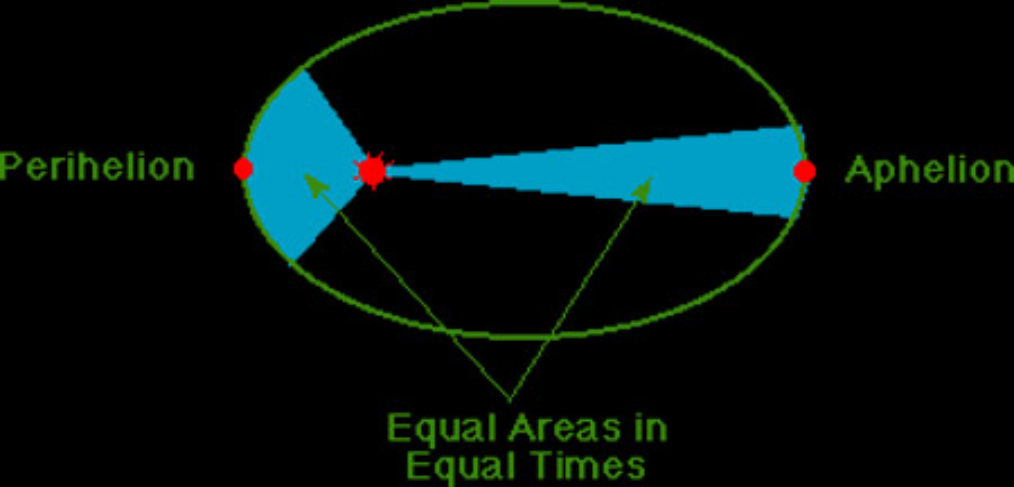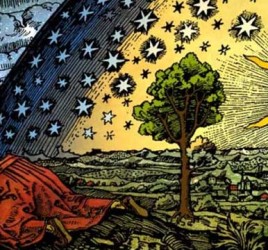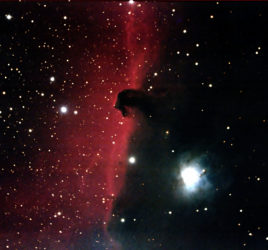
Why does the Calendar give February only 28 Days?
Our ancestors had a Calendar where the months would drift through the seasons.
In other words, the Calendar was not tied to the actual year. They were based on special ritualistic numbers that had no relation to the external world. Astrology was a major driving source for converting to 12 months for the 12 Zodiacal signs (Houses). The Sun was assumed to be in each House for 1-month. This was roughly verifiable by observation. A 360-degree full circle divided by 12 is 30-degrees. Each house was set at 30-degrees. Each Month would have 30-degrees of Sun motion among the stars.
Astronomers would measure months and days based on the Sun’s location among the stars.
They would propose corrections to tie the Calendar closer to the actual year and seasons. They eventually determined that the Sun would return to the same place in the sky among the stars every 365.24 days. Further refinement determined that the Sun would speed up in the Winter and slow down each Summer in its motion among the stars. Time of Day was measured by the Earth’s rotation. The Earth revolves on its axis one-degree every four minutes. One-Hour is 15-degrees of Sun motion. The Sun appears to move just under one-degree per day among the stars.
Johannes Kepler finally resolved the Earth’s orbit as an ellipse.
Kepler’s second law states that for elliptical orbits, equal areas will be swept out in equal times which explained the speed change. When we are closer to the Sun in the northern hemisphere Winter, we travel at 69,000 miles per hour. In the northern hemisphere Summer, we travel at 65,000 miles per hour. The result to accommodate 30-degrees of Sun motion among the stars, in February, it only takes 28-days. In the Summer, both July and August have 31-days for the slower motion of the Sun among the stars.



